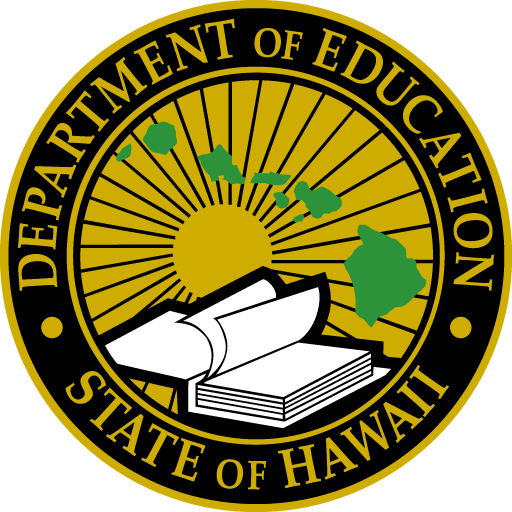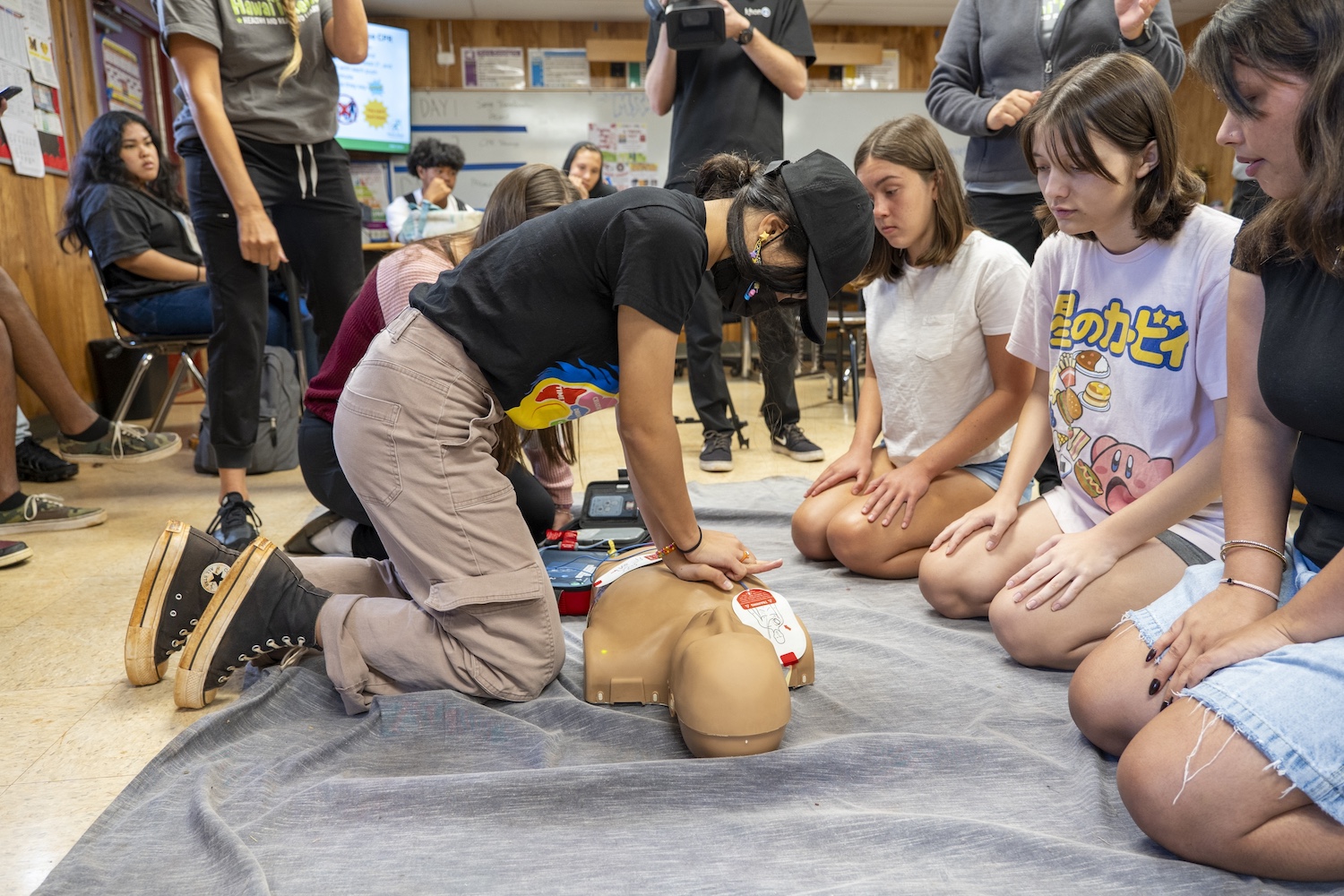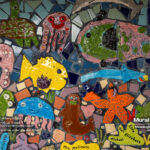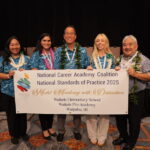夏威夷州教育部本月启动了一项试点项目,向全州的学生和教职员工介绍心肺复苏术 (CPR) 和自动体外除颤器 (AED) 培训。
据夏威夷心脏基金会称,75% 的心脏骤停发生在家中。在瓦胡岛,每年发生超过 1,000 起心脏骤停,目前平均存活率为 10%。在夏威夷,旁观者在不到三分之一的心脏骤停中实施心肺复苏,如果不采取措施,每分钟存活率就会下降约 10%。
“大多数心脏骤停都发生在家中,因此能够及时响应帮助家人非常重要,”夏威夷心脏基金会执行董事帕姆·福斯特说。“社区响应者至关重要……如果你能提高响应率,就能提高存活率。”
The goal of the pilot program — which will target approximately 20,000 HIDOE students a year — is to increase survival rates by providing students with focused, hands-on CPR/AED training during their high school years so they have life-saving knowledge and skills should the need arise. While some HIDOE high schools utilize their career technical education (CTE) pathways to already implement these types of training, this pilot program will allow all HIDOE students to have access to this life saving skill.
今年 4 月,米利拉尼高中的学生成为该州首批通过试点项目接受该培训的学生。
“我们正在教孩子们如何拯救生命,如何倡导并与朋友和家人分享这一点,”米利拉尼高中 10 年级健康教师 Micah Turell 说道。“我真的希望这是学生们能够记住并在发生这种情况时应用的课程之一。”
接受培训后,十年级学生科尔顿·新川 (Colton Shinagawa) 表示:“现在我感觉,如果有什么事情发生在我面前,我会做好准备。”
Waialua 高中和初中学生也将在 5 月份接受培训,到本学年结束时将完成近 20 堂培训课程。目前正计划在整个夏季和下一学年开设更多 HIDOE 校区。
“亲身体验对于提供真实的学习非常重要,因此我们非常感谢夏威夷心脏基金会、夏威夷儿童护士协会和州立法机构帮助资助该项目,”主管 Keith Hayashi 说道。“当我们谈到我们的学生具有全球竞争力和本地承诺时,这是对本地承诺的一部分,能够拥有这些技能和知识来改变他人的生活。”
Upon completion, each participating student will receive a CPR/AED competency card — which recognizes proficiency and knowledge in lifesaving skills under the Good Samaritan Law — from the Hawai‘i Heart Foundation.




